
Insects Invertebrates that Dominate Soils, Skies, & Freshwater

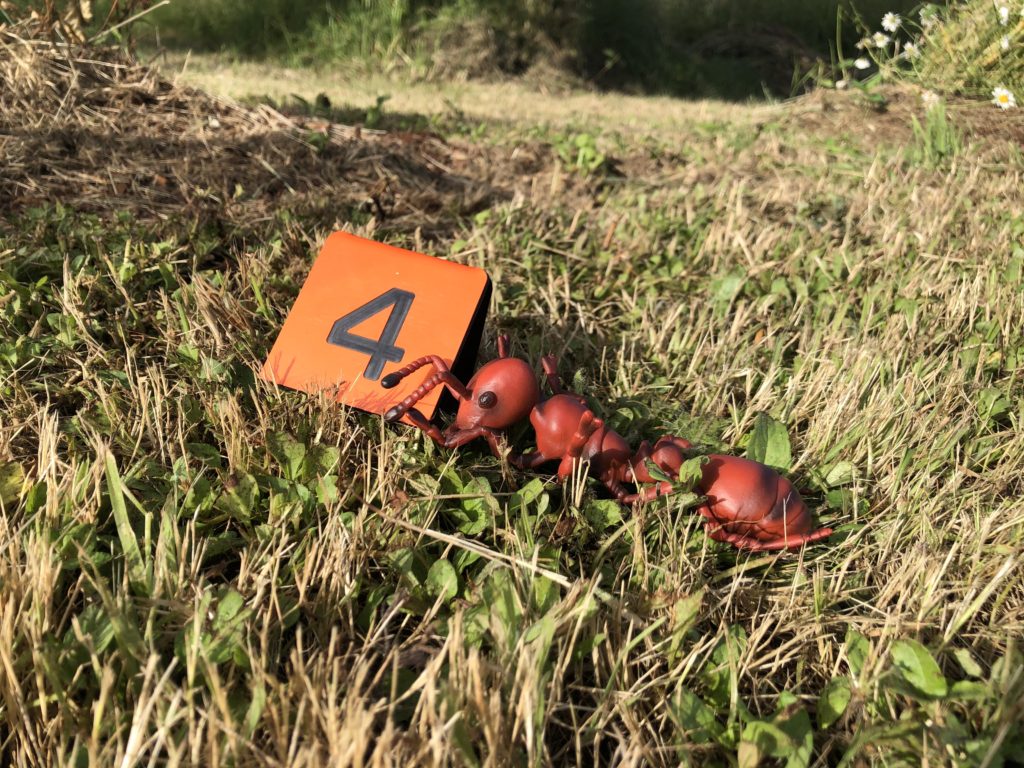
Insect Outcomes
-
List the characteristics of arthropods and provide examples of crustaceans, insects, and arachnids.
-
Describe the basic structural characteristics of insects.
-
Name several insect orders, including representative insects in these orders.
If you are looking for animals to study, you are likely to encounter arthropods.
Arthropods rule Kingdom Animalia, at least in term of number of different species.
This section starts with a video overview of Phylum Arthropoda.
Phylum Arthropoda, the arthropods, are species with jointed appendages, including antennae and legs.
The arthropods are broken into several groups or taxa.
Four Living Arthropod Sub-Phyla
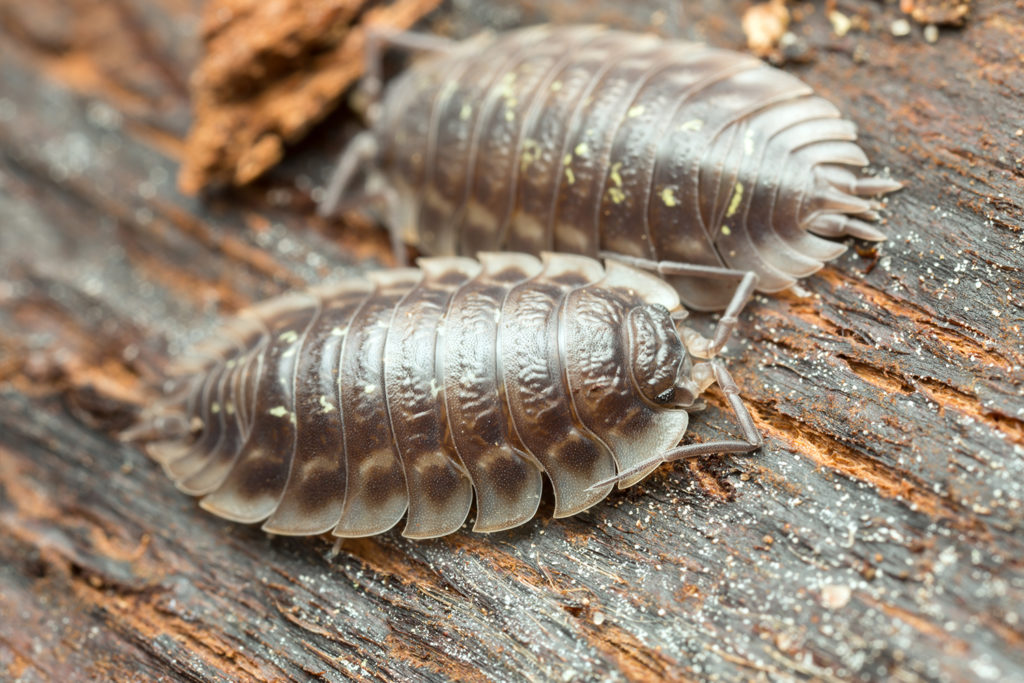
Crustaceans
Diverse, many in water: barnacles, shrimp, crabs, sowbugs
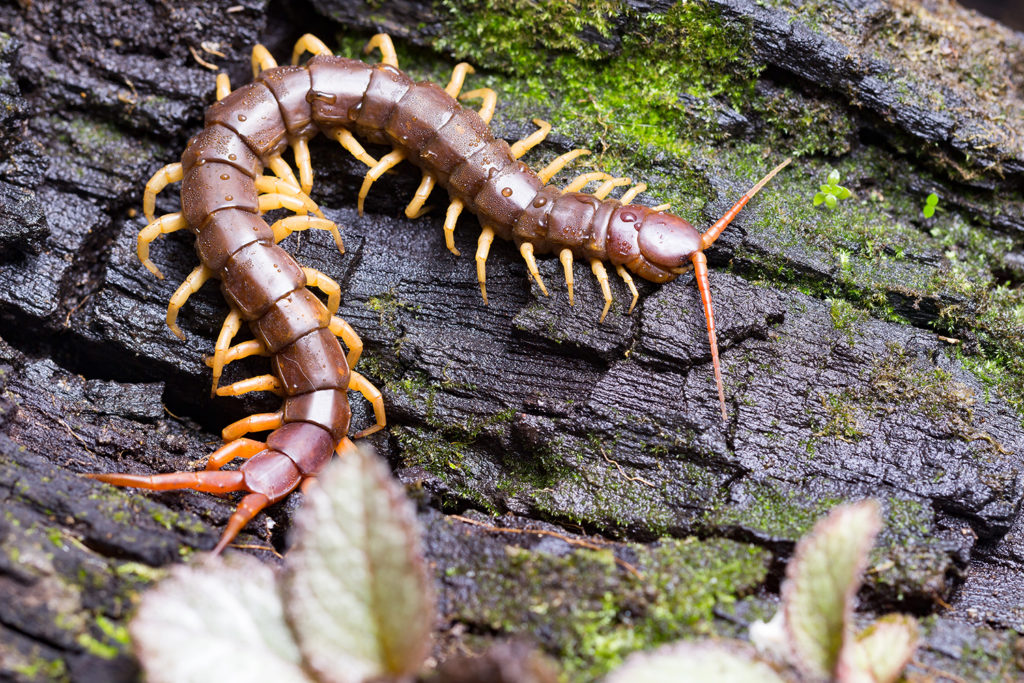
Myriapods
Many Legs: includes millipedes and centipedes

Arachnids (Chelicerates)
Eight Legs: includes spiders and scorpions
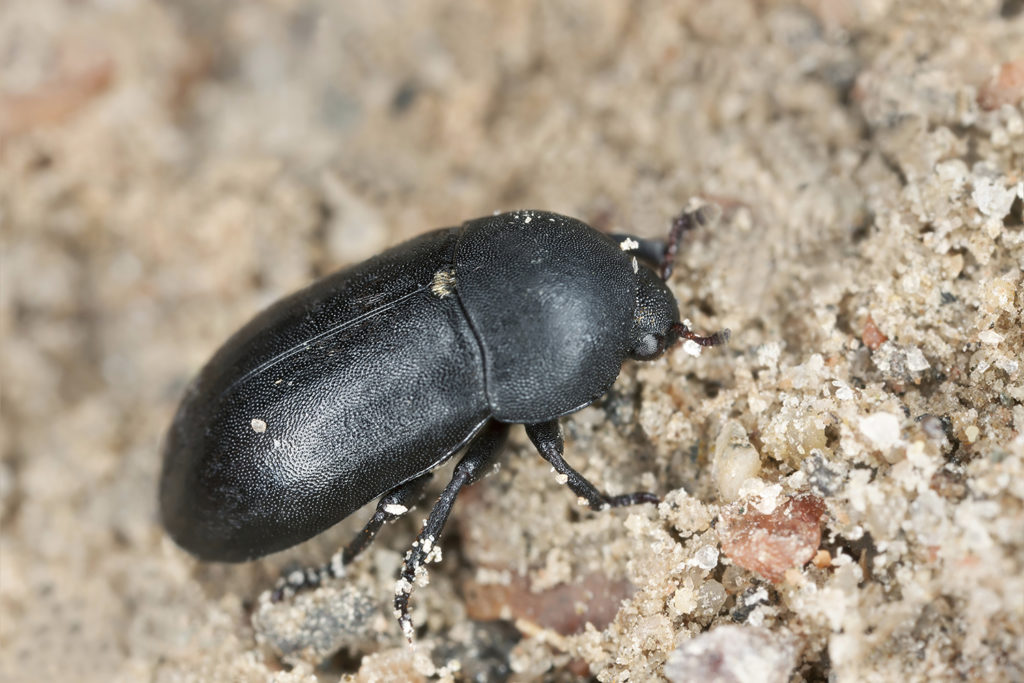
Insects (Hexapods)
Six Legs: includes beetles, bugs, crickets, and butterflies
The organisms in these two videos are arthropods classified in Subphylum ________________.
answer: Crustacea (the crustaceans)
This jumping spider found in the Willamette Valley is classified in Sub-Phylum _____.
Jumping spiders are popular pets because they are active and inquisitive. However, they do need to be fed live food most days.
Arthropods do not have an internal skeleton, they have an _____.
To grow substantially in size, an arthropods has to molt or shed its exoskeleton. This has risks, some organisms lose appendages in the process, or get stuck in the exoskeleton and die or are eaten.
The pictured arachnid is not a spider, it has only one body segment. This is one of over 6,000 species of “harvestmen” arachnid arthropods.
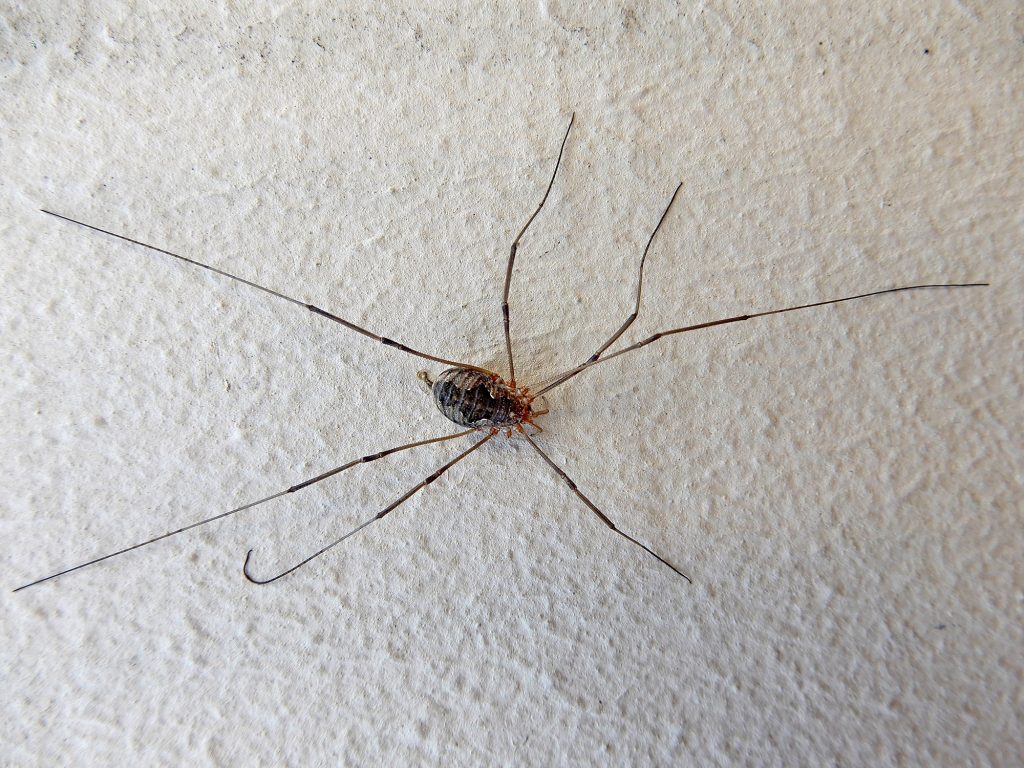
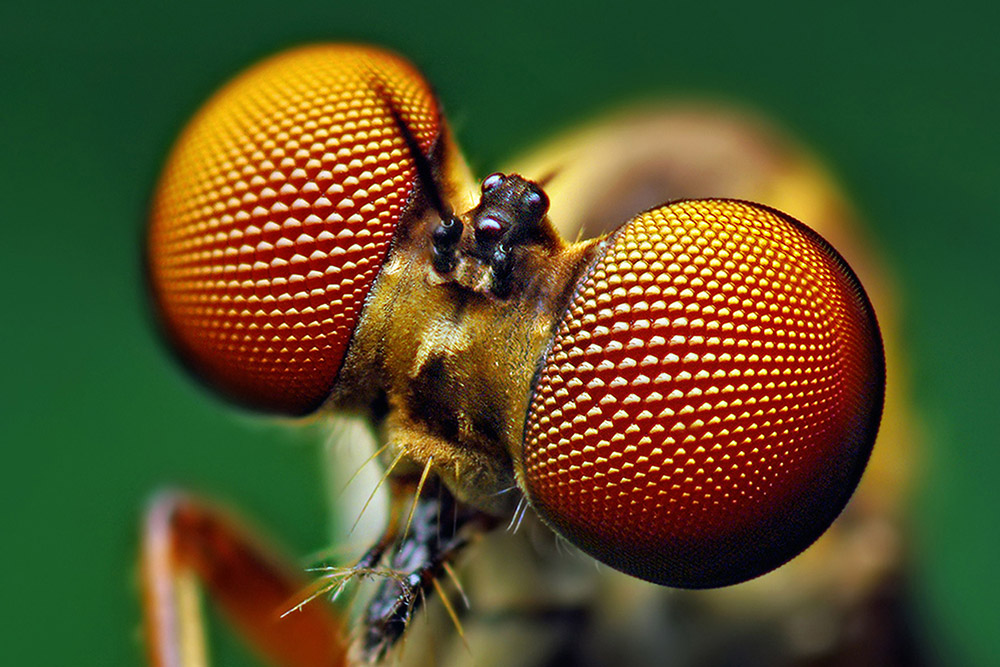
Arthropods have _____ eyes; each eye is a separate visual receptor.
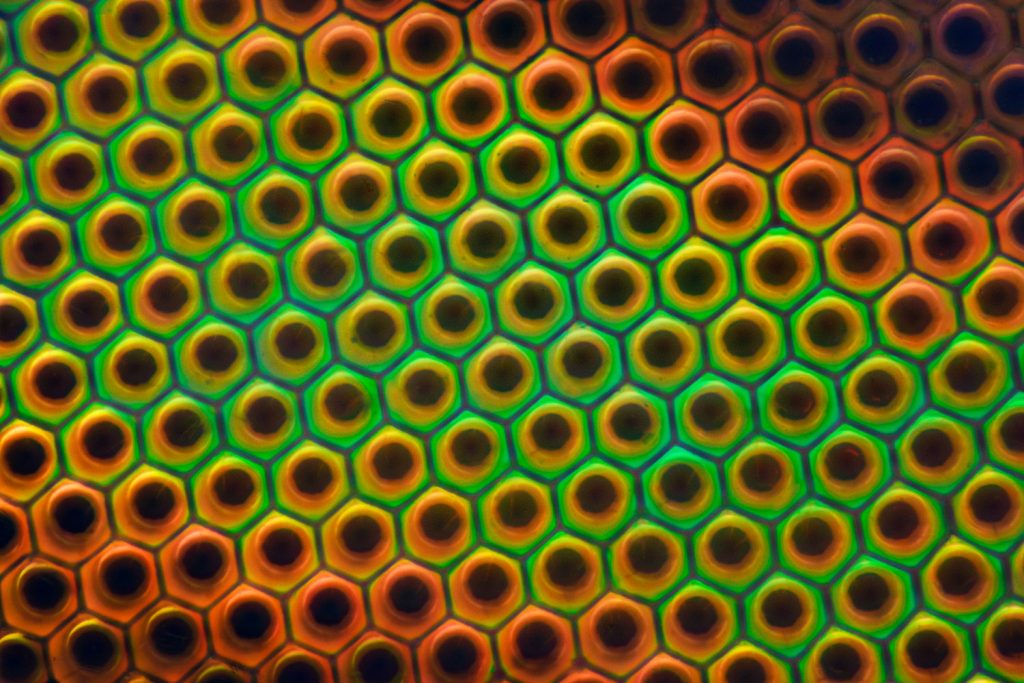
Insects
Insect arthropods represent an estimated 90% of animal species on Earth, although many have not yet been discovered. New species are being located on a regular basis, particularly in species-rich rainforests. Insects are classified in Sub-Phylum Hexapoda (mostly insects), Class Insecta.
From your own background knowledge, what are two characteristics of insects?

Insects have three body parts: a head, thorax (chest) and abdomen. They also have three sets of legs.
Most insects have compound eyes. Each of the smaller “eyes” has its own retina and photoreceptors. Compound eyes have a large view angle and can detect rapid movement. In some cases compound eyes can also detect polarized light that indicates the presence of food or water.
This video provides an overview of insect orders you are likely to encounter indoors or outdoors.

Ants, wasps, and bees are classified in Order _____.
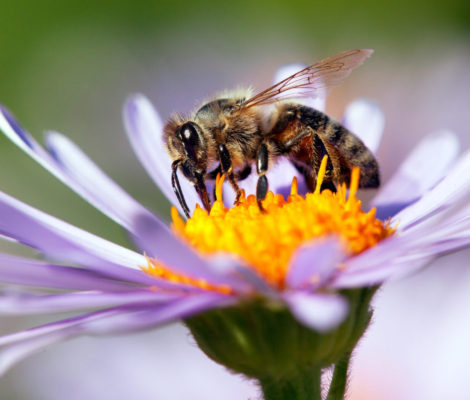
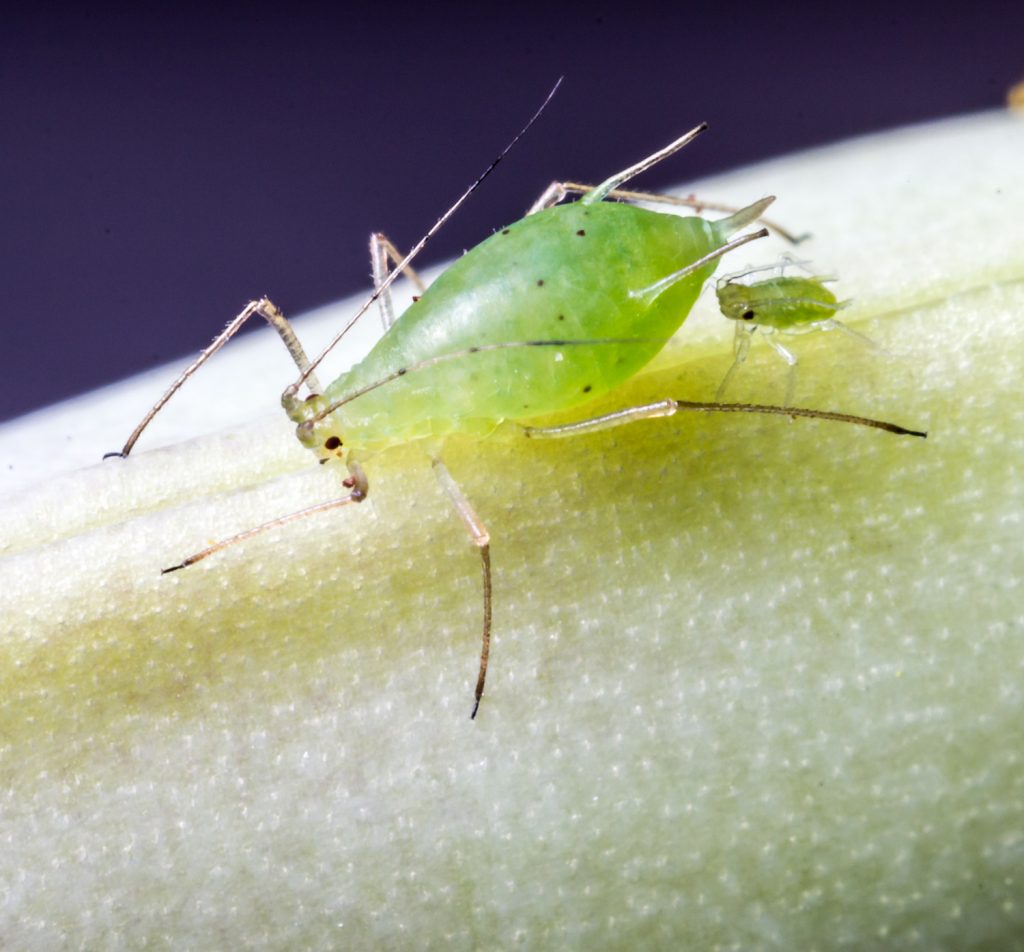
Some people mistakenly call all insects “bugs.” Bugs are the correct name for insects classified in Order _____.
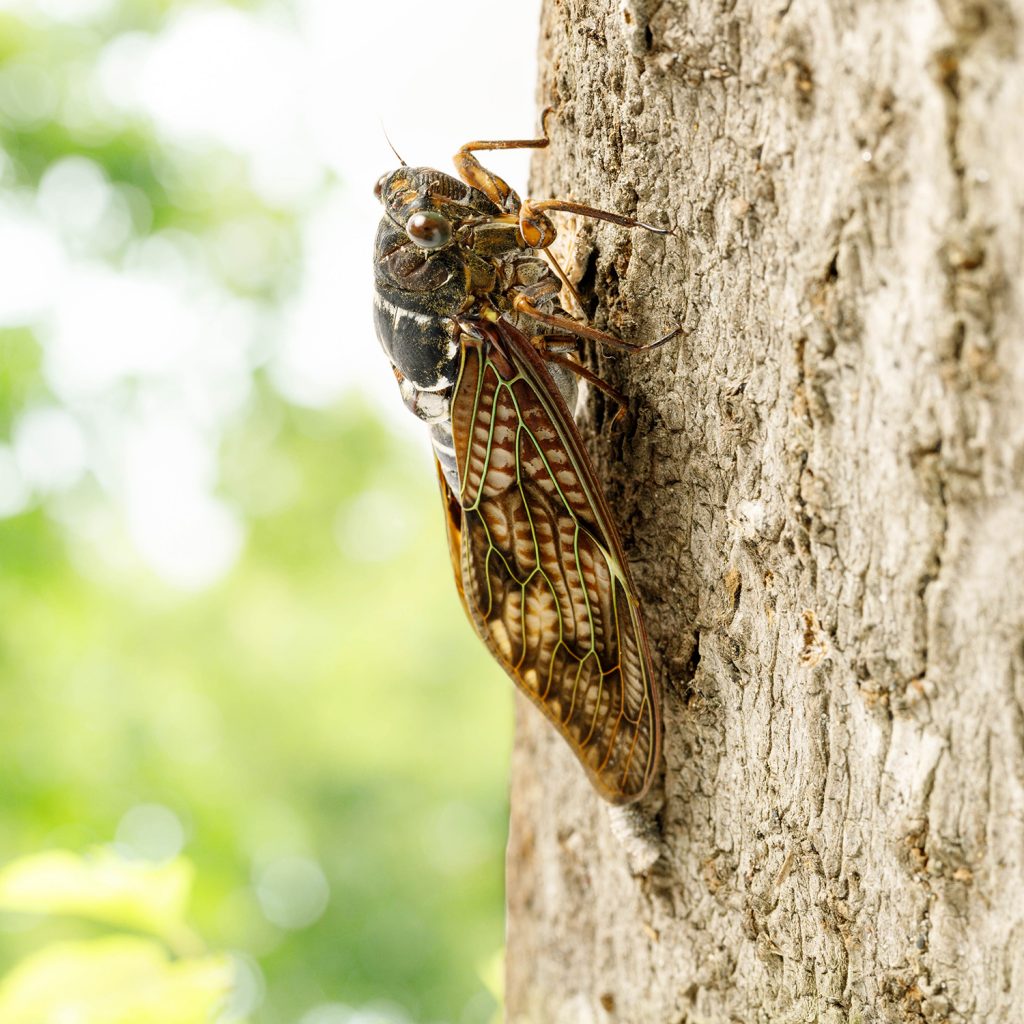
This is the end of the Interactions Guide content. After you check your knowledge over the material, proceed to the product page.
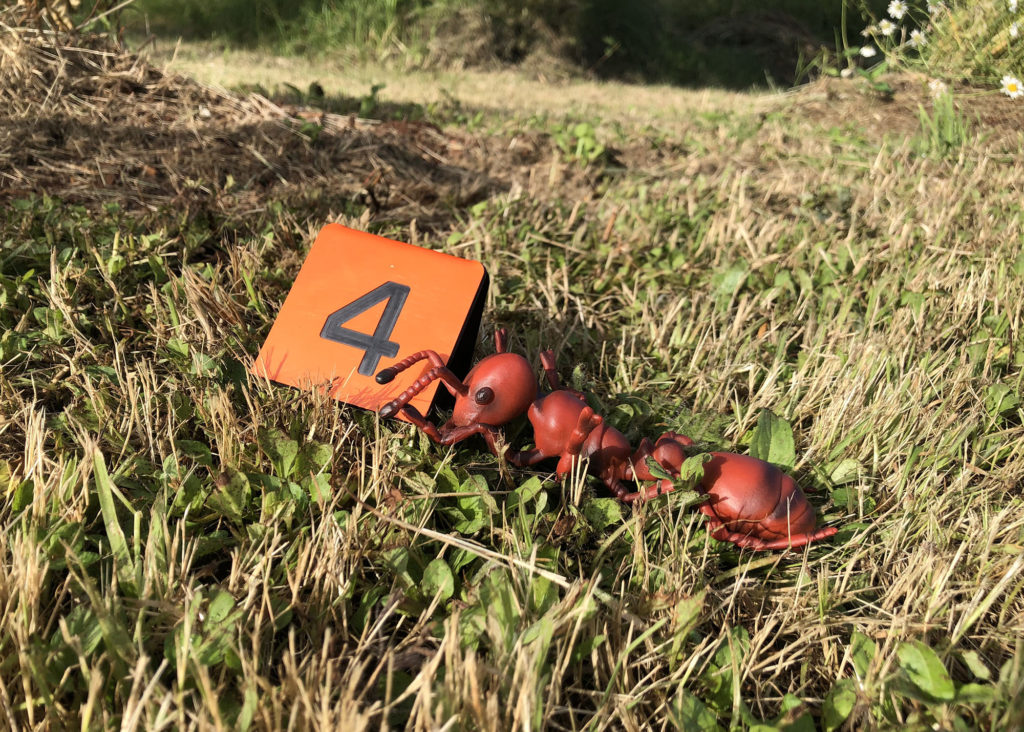
Check your knowledge. Can you:
-
list the characteristics of arthropods and provide examples of crustaceans, insects, and arachnids?
-
describe the basic structural characteristics of insects?
-
name several insect orders, including representative insects in these orders?



